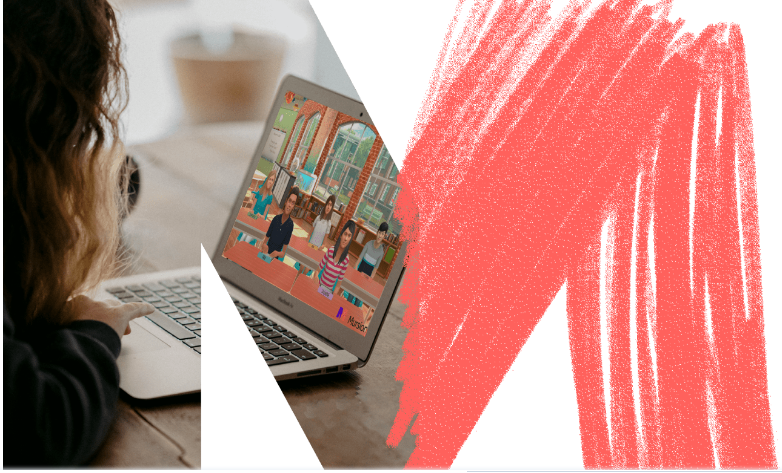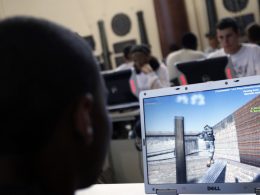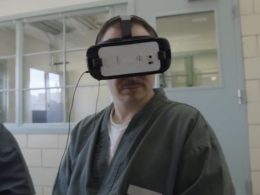The Californian company Mursion offers anti-racism training as a VR simulation using avatars. The problem is that the People of Colour actors are often white.
The tech company Mursion from San Francisco seems to have developed the perfect formula for employee training: Take avatars in a virtual reality scenario and use artificial intelligence to turn them into real-life trainers. Mursion can be used to train soft skills, practise dealing with difficult situations or improve emotional intelligence. The target groups are schools, companies, the healthcare sector and the military. The more than 100 avatars that the company has up its sleeve are modelled on real people.
The company recently gained attention for its anti-racism training programmes, which have become increasingly important in America, particularly following the murder of George Floyd. The specific training programmes are designed to help people improve their sensitivity to racism. For example, by interacting with avatars, people learn how to react when they witness discrimination.
Building trust through VR
Mursion says that Role-playing games with an avatar are more effective than role-playing games with real people, as people can trust and open up more easily with virtual characters than with real people. This could bring about lasting changes in behaviour that then have an impact in real life.
Studies also confirm this, that people trust avatars and you Use in an e-commerce context, for example can make sense. This development should also be exciting for coaching scenarios in the metaverse.
Here it comes: racism problems
Recently, however, Mursion landed under criticismas it became known that some white people were playing black and Asian people and that healthy adults were serving as models for child avatars with autism. This was also unpleasant for the actors, who even refused to play a person with autism.
According to Y-Vonne Hutchinson, CEO of the consultancy Readysetthe desire for rapid implementation often led to a reduction in the quality and depth of the programmes.
Source: t3n / Youtube / mursion









